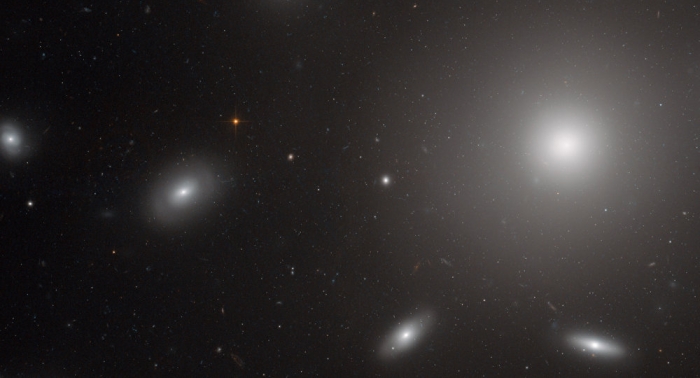Abell 2626, located 700 million light years away from Earth, is a galactic cluster 1.6 megaparsecs long (1 parsec equals 3.2 million light years).
Its brightest galaxy – IC5338 – consists of two cores, and another – IC5337 – resembles a jellyfish with part of its material being blown off as it moves inside the cluster’s relatively dense environment.
The origin of one of the anomalies in the Abell 2626 cluster – several symmetrical arc structures observed in radio spectrum – had long been unknown.
Some experts believe that they have to do with the so-called “radio-halo” – a source of radio emission normally coming from the center of galactic clusters.
Others believe that the acrs are the result of gravitational interaction between a pair of IC5338 cores.
In their search for an active galactic core connected to an additional pair of radio arcs, the Italian-American team used new data obtained by the Chandra X-ray telescope.
Looking for discharges of hot and cold matter from the nearest galaxies that could have been the source of the anomalous radio emission, they found out that the arcs could be bright parts of an invisible radio-halo caused by turbulent thermal gas movement and related electron acceleration.
Astronomers also believe that that the anomalous radio emissions could be caused by thermal gas colliding with plasma from the active galactic core moving at nearly the speed of light.
More about: #Astronomy
















































